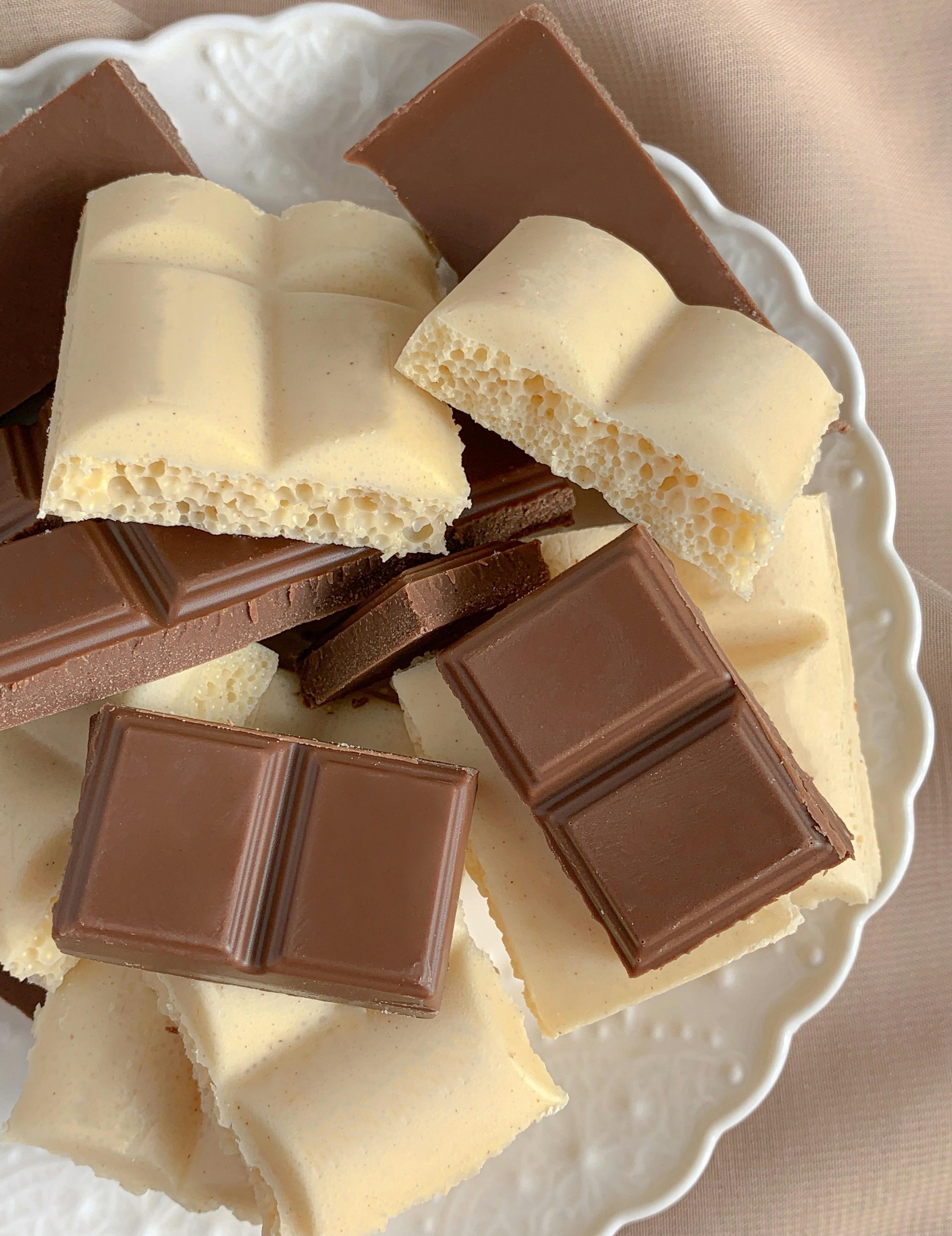Staubläuse Bisse: Understanding the Tiny Pests
Staubläuse, commonly known as “dust lice,” are small, wingless insects that can often be found in moist environments. While they’re not harmful to humans, their presence can be unsettling, particularly when they invade our living spaces. This article delves into the behavior, life cycle, and tips to manage Staubläuse infestations, providing you with a comprehensive understanding of these intriguing pests.
What Are Staubläuse?
Staubläuse belong to the order Psocoptera, which encompasses over 5,000 species. They are typically found in high-humidity areas, such as basements or near plant life. Their diet consists mainly of algae, mold, and dust, making them harmless in small numbers but a nuisance when they thrive. **Staubläuse** can often be identified by their small, elongated bodies and their rapid movements, which make them appear quite lively. Their coloration can vary, with many appearing in shades of gray or brown.
Habitats of Staubläuse
These tiny pests prefer environments rich in moisture. They are often spotted in places where there is a combination of humidity and organic material. Common habitats include:
- Moist basements.
- Wooden structures.
- Near potted plants and soil.
In particular, they thrive in environments ranging from bathrooms to kitchens, where conditions favor their life cycle. It’s essential to regularly check these areas for signs of infestation. For instance, if you notice a small cluster of **Staubläuse** around a plant or damp corner, it can indicate their presence.

Life Cycle and Behavior
Understanding the life cycle of **Staubläuse** is crucial for effective management. They reproduce quickly, leading to potential infestations. The average life cycle consists of egg, nymph, and adult stages:
- Eggs: Laid in clusters in warm, moist environments.
- Nymphs: Tiny versions of the adults that hatch from eggs and mature through several molts.
- Adults: Can reproduce within a few weeks of hatching, contributing to rapid population growth.
Females can lay hundreds of eggs, which can lead to significant populations if left unchecked. Monitoring humidity levels and reducing moisture can greatly impact their lifecycle.

Preventing Staubläuse Infestations
Preventing an infestation of **Staubläuse** is much easier than managing an established population. Here are several effective strategies to keep these pests at bay:
Seal Entry Points
Block entry points to your home where **Staubläuse** may enter. Check windows, doors, and cracks in the foundation. Applying weather stripping and caulk can help reduce their chances of entry and create a barrier against moisture.
Maintain Dry Environments
Since **Staubläuse** thrive in moist conditions, it’s essential to control humidity levels in your home. Here are steps to achieve this:
- Use dehumidifiers in basements or damp areas.
- Ensure proper ventilation in bathrooms and kitchens.
- Repair any leaks promptly to prevent moisture accumulation.
By maintaining dry indoor conditions, you reduce the likelihood of **Staubläuse** taking up residence in your home.
Managing Staubläuse Infestations
If you find that **Staubläuse** have gotten a foothold in your home, there are steps you can take to manage the situation effectively.
Natural Remedies
Naturally managing **Staubläuse** is possible with several methods. For instance, using a mixture of water and dish soap can effectively kill these pests on contact. Spray the infested areas and allow it to dry, which should reduce their numbers significantly. Additionally, regular cleaning can help manage their presence.
Professional Pest Control Solutions
If natural remedies don’t yield satisfactory results, you may wish to consider professional pest control services. They can provide targeted treatments that are safe and effective against **Staubläuse**. Make sure to choose a service that uses environmentally friendly solutions to minimize impact on your home.
Key Takeaways
- **Staubläuse** prefer humid environments and feed on algae and mold.
- Managing humidity and sealing entry points can prevent infestations.
- Natural remedies can effectively reduce **Staubläuse** populations.
FAQ
1. What attracts Staubläuse to my home?
**Staubläuse** are attracted to moist environments, dust, and organic materials. High humidity levels and the presence of mold or algae in your home can draw these pests. Managing moisture and regularly cleaning can help mitigate their presence.
2. Are Staubläuse harmful to pets?
No, **Staubläuse** are not harmful to pets or humans. They do not bite or transmit diseases. However, their presence can signal poor hygiene or damp conditions that may lead to other pest issues.
3. How can I get rid of a Staubläuse infestation safely?
To safely get rid of **Staubläuse**, use a mixture of water and soap to spray on affected areas. Regular vacuuming and maintaining dry conditions will also help in controlling their numbers.
4. Will using a dehumidifier help with Staubläuse control?
Yes, using a dehumidifier can significantly lower humidity levels in your home, thus helping to deter **Staubläuse**. Keeping moisture minimal is key in preventing these pests from thriving.
5. Can Staubläuse infest my garden?
While **Staubläuse** prefer indoor environments, they may sometimes be found outdoors, particularly near moist areas. Managing moisture and debris in your garden can minimize the risk of attracting these pests.
